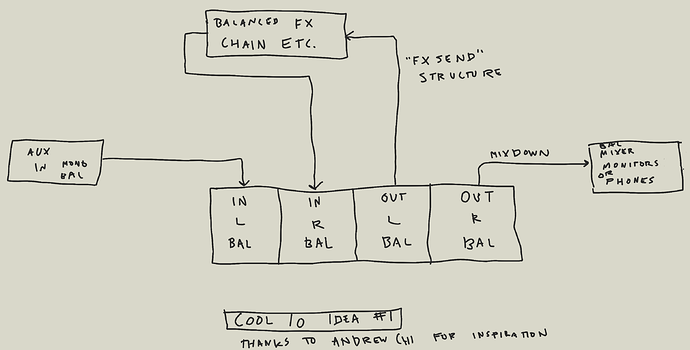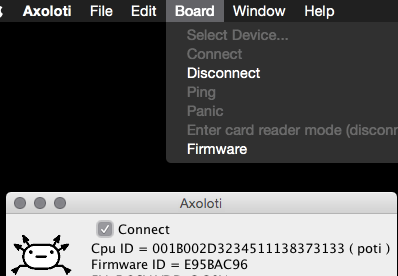By making an offset to the write and the read object
By using math, you create a slice grid, but keep slices, in power of 2, 4, 8, 16, 32, 64 slices, etc. And do it in the s-rate. If the table is 2048 samples long and you want 16 slices, you divide 2048 with 16 and you get the size of each of the 16 slices and then you use that number for for example setting the speed of the phasor that reads the slices.
Using a phsor, with all the code in s-rate. Don't put reset functions in k-rate, but in s-rate.
You make an offset for the phasor, the same way as you do the read/right position.
When you make the slice grid mentioned above, you adjust the speed and the range of the phaser according to the slice grid. You divide or multiply the phasor speed that you calcualted for the whole table, with the amount of slices that you want, to get the speed for the individual slices.
That I don't know, but its really not something I would use.
You can use @rbrts excellent table copy object, tcopy, to copy a part of a table/sample to another table and then save the content of that table to sd-card.
The thing with Axoloti and all this timing and sample precision stuff is that it does get complicated, because of all the bit shifting. You can not use real world units like sample and hertz and so on, because of the bit shifting.
If you really want to learn and understand this stuff the best way to do that would probably be making it in Pure Data first, where you can do everything in samples, hertz and so on, its much easier to understand. And then when you know what you are doing, then build it in Axoloti, with all the bit shifting. But doing these things straight in Axoloti without understanding all the bit shifting, is really hard, I agree. But in reality it is really not that complicated once that you know the basic math, but it does take time to understand it and then build it.
Personally I dont use a lot of other peoples objects, because I don't understand what is going on. If one want to expand objects it is for me personally much better just start building it myself and learn on my own cause then I understand what is going on. Before I got Axoloti I had never written a line of code myself, but if one wants specialised tools, the only way to get precisely what you want, is to build your own personal tools and for that one needs to learn how to code.
And then we are back to the point again I was trying to point out. Good stuff rarely comes easy and takes a lot of effort and sometimes its good to learn coding and just dig in, to get where you want to be.
I read about the full duplex stuff a while ago in here, but I am not sure what it really would do or how it works, so I can't comment on that.
Anyway, yes, lets cut it here, and not take over this thread with sample talk. But pretty much everything you mentioned can be build with some effort.




